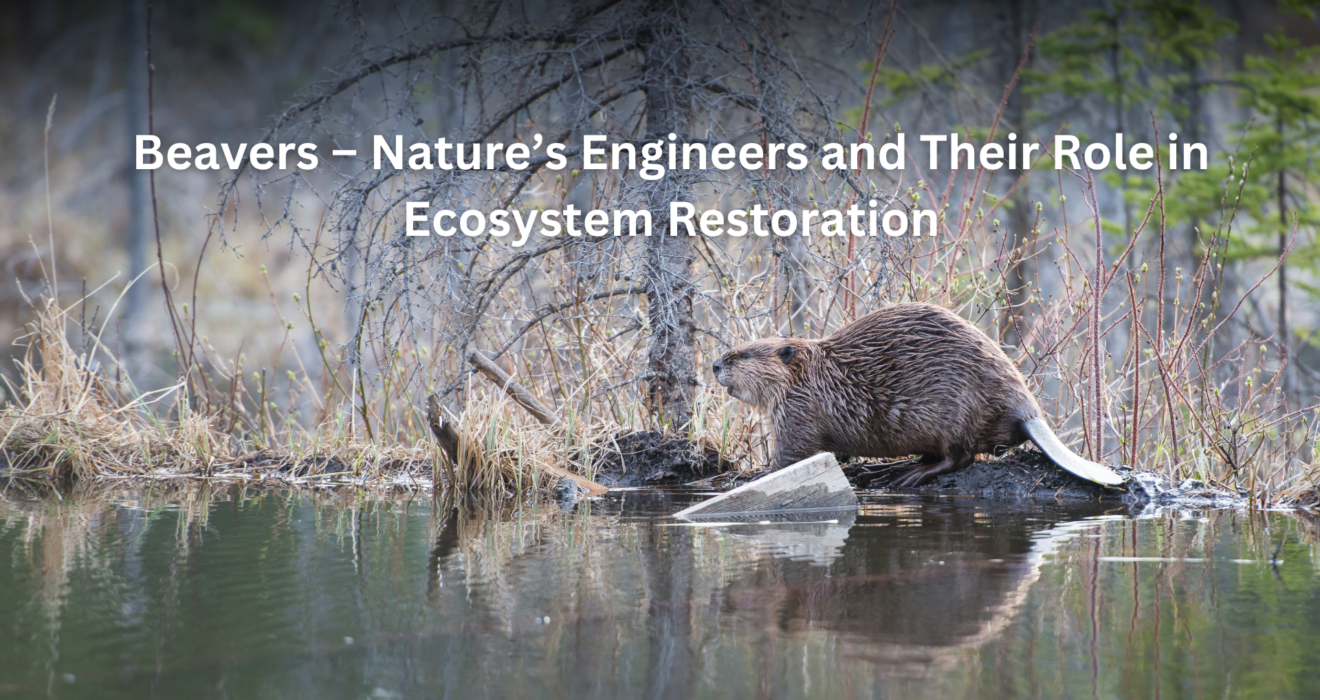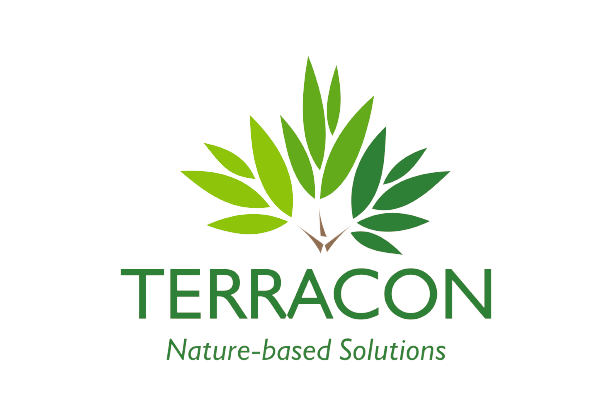In the intricate web of life on Earth, every species plays a vital role, but few are as impactful as the humble beaver. Often referred to as “nature’s engineers,” beavers possess remarkable abilities that extend beyond their well-known dam-building skills. These industrious creatures not only reshape landscapes but also contribute significantly to restoring and maintaining healthy ecosystems. We will explore the fascinating world of beavers, examining their ecological significance, the lessons we can learn from them, and how we can apply these insights to enhance our conservation efforts.
To understand the importance of beavers, we first need to look at who they are and what they do. Beavers are semi-aquatic mammals belonging to the family Castoridae, with two extant species: the North American beaver (Castor canadensis) and the Eurasian beaver (Castor fiber).
These remarkable animals are best known for their ability to construct dams using branches, twigs, and mud. By building these structures in shallow, slow-moving streams, beavers create ponds that serve as habitats for a wide variety of species. Their influence extends far beyond mere construction; they are pivotal in shaping entire ecosystems.
Beavers as Master Engineers
The process of dam building begins with careful site selection. Beavers typically choose areas where they can easily gather materials like tree branches and shrubs. Once they find a suitable location, they fall trees and collect other vegetation to create sturdy dams. This is where their engineering skills come into play.
The dams not only provide a place for them to live but also serve several important ecological functions. First, they help regulate water flow in streams by slowing down currents. This reduction in flow allows sediments to settle, leading to cleaner water downstream. As a result, the ponds created by beaver dams maintain a stable water supply during dry periods, which is crucial for many aquatic species.
Moreover, the ponds formed by beaver dams provide essential habitats for various animals. Aquatic plants flourish in these wetlands, supporting fish, amphibians, birds, and other wildlife. Studies have shown that beaver-created wetlands can support up to 60% more species than surrounding areas. This biodiversity is vital for overall ecosystem health. Additionally, as organic matter accumulates in these ponds, it decomposes and enriches the soil with nutrients, promoting plant growth and enhancing biodiversity.
One of the most significant benefits of beaver dams is their ability to improve water quality. As water flows through a beaver pond, sediments and pollutants are filtered out, resulting in clearer water downstream. This is particularly beneficial in agricultural areas where runoff may carry fertilizers and pesticides into waterways. Research has indicated that beaver ponds can reduce nutrient loading in rivers by up to 45%, significantly improving conditions for aquatic life. Cleaner water not only supports biodiversity but also enhances recreational opportunities for humans, such as fishing and swimming.
As we face increasing environmental challenges such as climate change, habitat loss, and declining biodiversity, there is much we can learn from beavers about sustainable ecosystem management. Their natural engineering practices exemplify nature-based solutions that harness natural processes to address environmental issues effectively. For instance, reintroducing beavers into areas where they have been extirpated has proven effective in restoring wetlands that support diverse wildlife. This approach has been successfully implemented in various regions across North America and Europe.
Furthermore, investing in wetland restoration projects inspired by beaver activity can yield significant ecological benefits. By creating artificial wetlands or enhancing existing ones—such as adding small barriers or structures—we can mimic natural processes that promote water retention and biodiversity. Engaging local communities in these conservation efforts is crucial for success; educating people about the ecological benefits of beavers can foster positive attitudes toward their presence and encourage community-led initiatives for habitat restoration.
To effectively implement these nature-based solutions inspired by beavers, policymakers must integrate these strategies into existing conservation frameworks. This could involve allocating funds for wetland restoration projects or developing policies that support wildlife reintroduction programs focused on keystone species like beavers. By aligning these strategies with broader environmental goals, we can create a more sustainable future.
Beavers as Climate Resilience
The impact of beavers extends beyond individual ecosystems; they influence regional hydrology and contribute to landscape-level changes that benefit both wildlife and humans. As climate change intensifies droughts and floods worldwide, the role of beavers becomes even more critical. Their ability to store water in ponds helps mitigate the impacts of extreme weather events by reducing flood risk during heavy rains and enhancing drought resilience during dry periods.
Research indicates that areas with active beaver populations tend to have more stable stream flows compared to those without them. This stability is essential for maintaining healthy ecosystems amidst changing climatic conditions. Furthermore, the accumulation of organic matter in beaver ponds enhances soil health by promoting microbial activity and nutrient cycling, factors vital for supporting plant growth and agricultural productivity.

Conclusion
Beavers offer invaluable lessons on sustainable ecosystem management through their natural engineering practices. Their ability to create wetlands not only supports biodiversity but also provides essential ecological services such as water filtration, flood mitigation, and carbon sequestration. As we confront pressing environmental challenges, ranging from habitat loss to climate change. It is time to look towards nature’s engineers for innovative solutions.
Investing in initiatives such as beaver reintroduction programs and wetland restoration projects will yield significant returns in terms of ecosystem health and biodiversity conservation. It starts with a commitment to embracing nature’s wisdom as we strive for a sustainable future where both humans and wildlife thrive together.
Ultimately, let us recognize the importance of every creature within our ecosystems, especially those like the humble beaver who remind us that even small animals can have a monumental impact on our planet’s health. Together, we can learn from nature’s engineers and work towards restoring balance within our ecosystems for generations to come.
Book a demo to learn more about ecosystem restoration
Written by
Dhananjay Gole
Horticulturists
Terracon Ecotech
References








